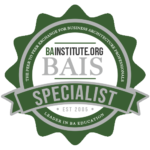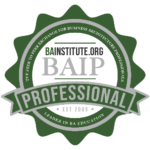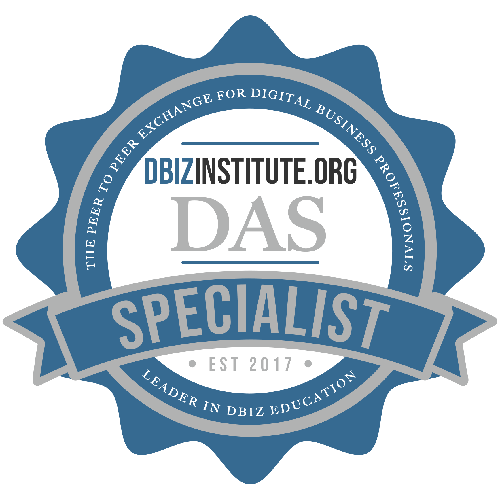The Role of Process Governance in BPM+: Ensuring Compliance and Control in Automated Environments
In today’s fast-paced business world, companies rely on automated processes to maintain agility and meet customer demands. However, with increased automation comes the challenge of maintaining compliance, accountability, and oversight—especially when processes cross multiple departments, systems, or even external partners. This is where process governance comes into play.
Process governance involves the creation of frameworks, policies, and rules that ensure business processes run effectively and in line with organizational standards. It ensures that everyone involved in a process follows a set of established guidelines, reducing the risk of errors, compliance violations, or inefficiencies.
In the context of BPM+, governance becomes even more crucial. The BPM+ ecosystem, which combines BPMN, DMN, and CMMN, introduces a level of automation that makes process governance essential. With automated workflows, decision-making models, and case management solutions in play, organizations must have strong governance structures to ensure these processes remain compliant and aligned with business goals.
This article will explore how process governance is evolving within the BPM+ framework and why it’s a critical consideration for business process management professionals.
Why Process Governance Matters in BPM+
For organizations embracing the power of BPM+, process governance is not just about establishing rules; it’s about ensuring the accuracy, transparency, and accountability of automated processes. As more business processes become automated, it’s essential to create governance frameworks that monitor and regulate these processes in real-time.
Here are a few reasons why process governance is crucial for BPM+:
- Ensuring Compliance with Regulatory Standards
Many industries, such as finance, healthcare, and manufacturing, are subject to stringent regulatory requirements. For companies operating in these sectors, governance ensures that automated processes adhere to local and international laws.
In BPM+, where workflows, decisions, and case management are driven by complex models, strong governance ensures that all actions comply with regulatory standards. For instance, a DMN model automating financial decisions must follow strict guidelines regarding data privacy and financial reporting. A process governance framework guarantees that these models are reviewed, audited, and monitored for compliance.
- Improving Accountability and Transparency
One of the biggest challenges in process automation is ensuring that actions by systems and individuals can be traced back to specific decisions or workflows. This is particularly important in industries like finance and healthcare, where transparency and accountability are vital.
In BPM+, process governance introduces a clear audit trail for all automated workflows, decisions, and cases. It allows organizations to track how processes are executed and who is responsible for any given action. Governance frameworks ensure that every decision point in a DMN model, or every workflow step in BPMN, is auditable explainable, and tied back to a responsible party.
- Enhancing Risk Management
Process automation can introduce new risks, such as data breaches, compliance violations, or system failures. Governance frameworks help mitigate these risks by providing oversight and establishing controls that ensure all processes are aligned with business rules.
In BPM+, risk management is crucial, especially when models span multiple systems or involve external partners. Governance frameworks ensure that every decision or action taken within an automated model follows the correct protocols, reducing the risk of errors or non-compliance.
- Maintaining Consistency Across Departments
Many organizations struggle to maintain consistency in how processes are executed across different departments. This becomes even more challenging in an automated environment where processes are designed and executed by multiple teams.
Process governance provides a framework for ensuring consistency across all BPM+ models, whether they involve structured workflows in BPMN, decision-making in DMN, or case management in CMMN. Governance rules ensure that all models follow the same standards, regardless of the department or system involved.
Implementing Process Governance in BPM+
For business process management professionals, the ability to design and implement strong governance frameworks within BPM+ is a critical skill. Here are some key considerations for implementing process governance in BPM+ environments:
- Designing Governance Policies
The first step in implementing process governance is to design clear policies that outline how processes should be executed, reviewed, and audited. These policies should cover areas such as data access, decision-making rules, and process ownership.
In BPM+, these governance policies must account for the unique requirements of BPMN, DMN, and CMMN. For example, a governance policy for a BPMN model might define who is responsible for approving changes to a workflow, while a policy for DMN might establish rules for how decision-making models are updated.
- Establishing Monitoring and Reporting Systems
Once governance policies are in place, the next step is to establish systems for monitoring and reporting on process performance. These systems should track key performance indicators (KPIs) and generate regular reports that highlight potential issues or areas for improvement.
In a BPM+ environment, these monitoring systems can be integrated directly into the models themselves. For example, a DMN model might include built-in checks to ensure that decisions follow governance guidelines, while a CMMN model could collect required documents.
- Automating Governance in BPM+ Models
One of the biggest advantages of BPM+ is its ability to automate not just business processes, but governance itself. For example, DMN models can be designed to automatically flag decisions that don’t comply with governance rules, while CMMN models can ensure that case managers follow specific protocols when handling dynamic, case-based workflows.
Automation also allows for real-time governance, where issues can be identified and addressed immediately, rather than waiting for periodic reviews or audits.
- Training and Education
Finally, governance is only as strong as the people who manage it. It’s essential to train business process management professionals on the importance of governance and how to implement it within their BPM+ models.
At BPMInstitute.org, our BPM+ Specialist Certificate program covers the skills needed to design, implement, and maintain strong governance frameworks. By completing the program, professionals will gain hands-on experience in building governance into BPMN, DMN, and CMMN models, ensuring that their processes are compliant, transparent, and efficient.
The Future of Process Governance in BPM+
As more businesses adopt automation and advanced process management frameworks, process governance will become even more critical. In the future, governance frameworks will need to evolve to handle more complex models and integrate emerging technologies like AI and machine learning.
For BPM professionals, mastering process governance within BPM+ is a vital step toward becoming a leader in business process management. By ensuring that processes are compliant, efficient, and transparent, you can help your organization navigate the challenges of automation while maintaining control and oversight.
Learn more:
Explore the BPM+ Certificate here: https://dev.bpminstitute.org/product/bpm-specialist-code-specialist-certificate-program-bpms/
Take the BPM+ Self-Assessment here: https://dev.bpminstitute.org/qsm_quiz/bpm-skills-self-assessment-2/

















